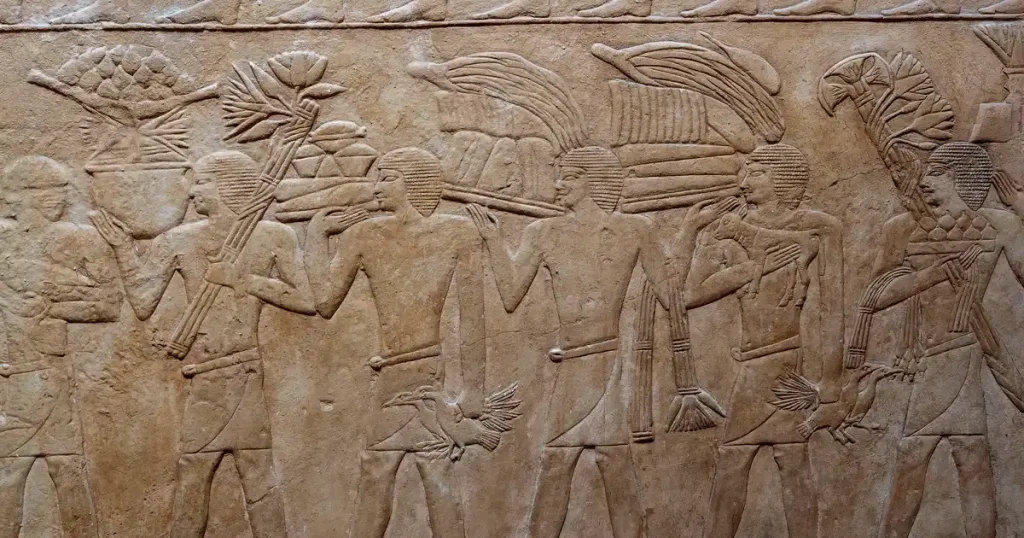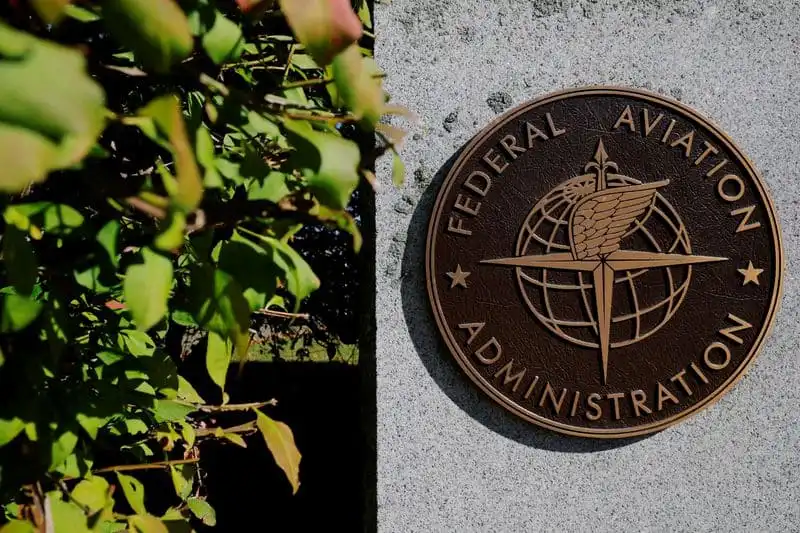A precious limestone artwork has disappeared from the historic Saqqara necropolis near Cairo, marking yet another blow to Egypt’s invaluable cultural legacy.
The piece, housed in the mastaba tomb of Khentika, was reported missing by authorities on Sunday. Discovered in the 1950s, the tomb has remained sealed since 2019, heightening concerns over how the theft occurred.
Mohamed Ismail, secretary-general of the Supreme Council of Antiquities, confirmed the loss and noted that prosecutors have launched an inquiry into the incident.
Details remain scarce as investigations proceed.
Depiction of Ancient Timekeeping
The artwork illustrated the foundational Egyptian calendar, a system that structured life around the Nile’s cycles. It showcased three key periods: Akhet for the inundation, Proyat for growth, and Shomu for reaping.
Dating to the Old Kingdom’s sixth dynasty, spanning roughly 2700 to 2200 B.C. this rare visual record offered insights into early agricultural and astronomical knowledge.
Discovery and Cursed Legacy
A British archaeological team first noticed the painting’s absence during operations in May, as covered by Cairo 24. The Khentika mastaba stands out among Egypt’s mastaba structures for its ominous facade inscriptions.
These ancient warnings promised severe supernatural reprisals for desecrators, as detailed in a 1950s study by British Egyptologist Harry James.
Broader Saqqara Significance
Saqqara forms a vital section of the vast Memphis necropolis, Egypt’s ancient capital. This UNESCO World Heritage site since the 1970s encompasses iconic landmarks like the Giza Pyramids, Djoser’s Step Pyramid, and lesser pyramids at Abu Sir, Dahshur, and Abu Ruwaysh.
Such treasures draw global scholars and tourists, underscoring the site’s irreplaceable value.
Recent Wave of Thefts
This incident follows closely on the heels of another brazen robbery. Just weeks ago, a golden bracelet adorned with a lapis lazuli bead, belonging to Pharaoh Amenemope from about 3,000 years past—was pilfered from Cairo’s Egyptian Museum on September 9.
Stolen amid preparations for an Italian exhibition, the relic passed through illicit traders before being destroyed for its metal. These events signal escalating threats to Egypt’s archaeological treasures.
Urgent Call for Protection
As Egypt grapples with repeated losses, experts stress the need for stronger safeguards at museums and sites.
The disappearance of such artifacts not only erases historical narratives but also deprives future generations of their shared past.
Authorities vow to intensify efforts to recover the painting and prevent further erosions of this timeless heritage.























